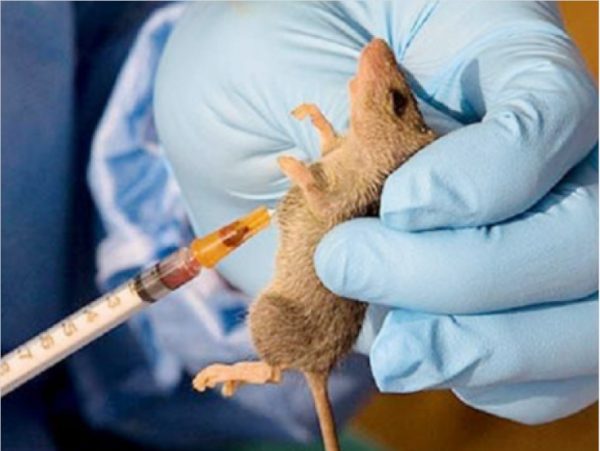Health
Lassa Fever killed 102 persons in 2021 – NCDC

The Nigerian Centre for Disease Control (NCDC) says 102 persons died from Lassa Fever infection in 38 local government areas of 17 states of the federation in 2021.
Disclosing this in its Lassa fever Situation Report for 2021 ending December 27, 2021–January 2, 2022, the NCDC, said the affected states have been alerted on the disturbing trend.
The states affected include Edo (212), Ondo (175), Bauchi (39), Taraba (22), Ebonyi (18), Plateau (9), Benue (8), Kaduna (8), Enugu (5), Nasarawa (3), Kogi (3), FCT (3), Cross River (1), Imo (1), Anambra (1), Delta (1), and Abia (1).
In week 52 (December 27, 2021, to January 2, 2022), three new deaths were reported from Ondo, Edo, Bauchi, Kaduna and Taraba States and the Federal Capital Territory (FCT).
Cumulatively, from Week 1 to Week 52, 2021, 102 deaths have been reported with a case fatality rate (CFR) of 20.0 percent which is lower than the CFR for the same period in 2020 (20.7 percent).
According to the NCDC, in total for 2021, 17 States recorded at least one confirmed case across 68 local government areas.
Three states Edo (42 per cent), Ondo (34 per cent), and Bauchi (eight per cent), accounted for 84 per cent of all the cases.
READ: Nigeria’ll need $2bn to develop drugs to fight Coronavirus, Lassa Fever
Also, Edo, with 15 deaths, 2,725 suspected cases and 212 confirmed cases, is the most affected state. It is followed by Ondo, 47 deaths, 1,006 suspected cases and 175 confirmed cases, and Bauchi, 12, 164 cases and 39 deaths.
The other most affected states are Taraba, Ebonyi, Plateau, Benue, Kaduna, Enugu and Nasarawa.
The predominant age group affected is 21-30 years while the male to female ratio for confirmed cases is 1:0.9 even as the number of suspected cases decreased compared to the figure reported for the same period in 2020.
No new healthcare worker was affected in the reporting Week 52. The NCDC gave an assurance that the national Lassa Fever multi-partner and multi-sectoral Technical Working Group (TWG) have continued to coordinate the response activities at all levels.












